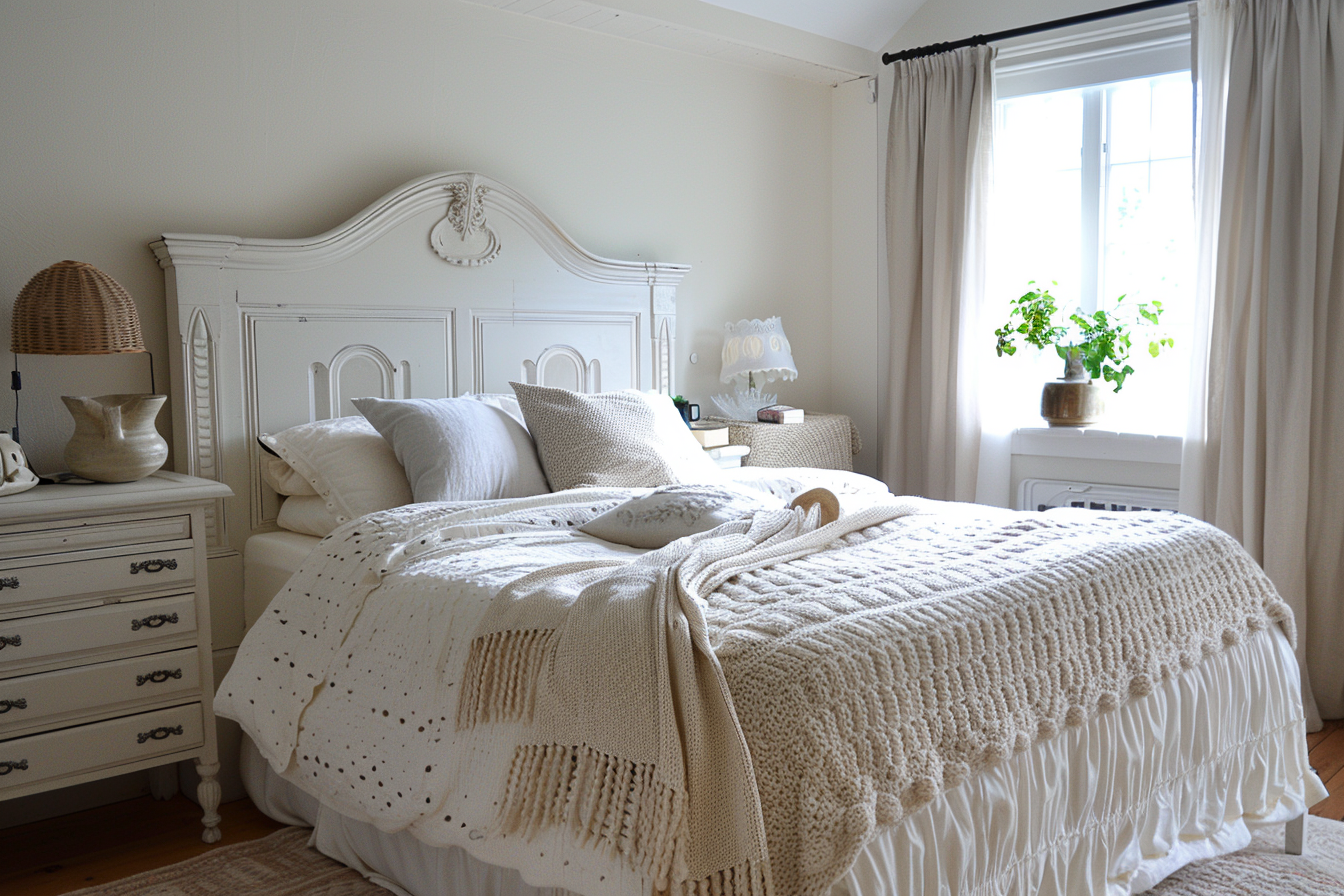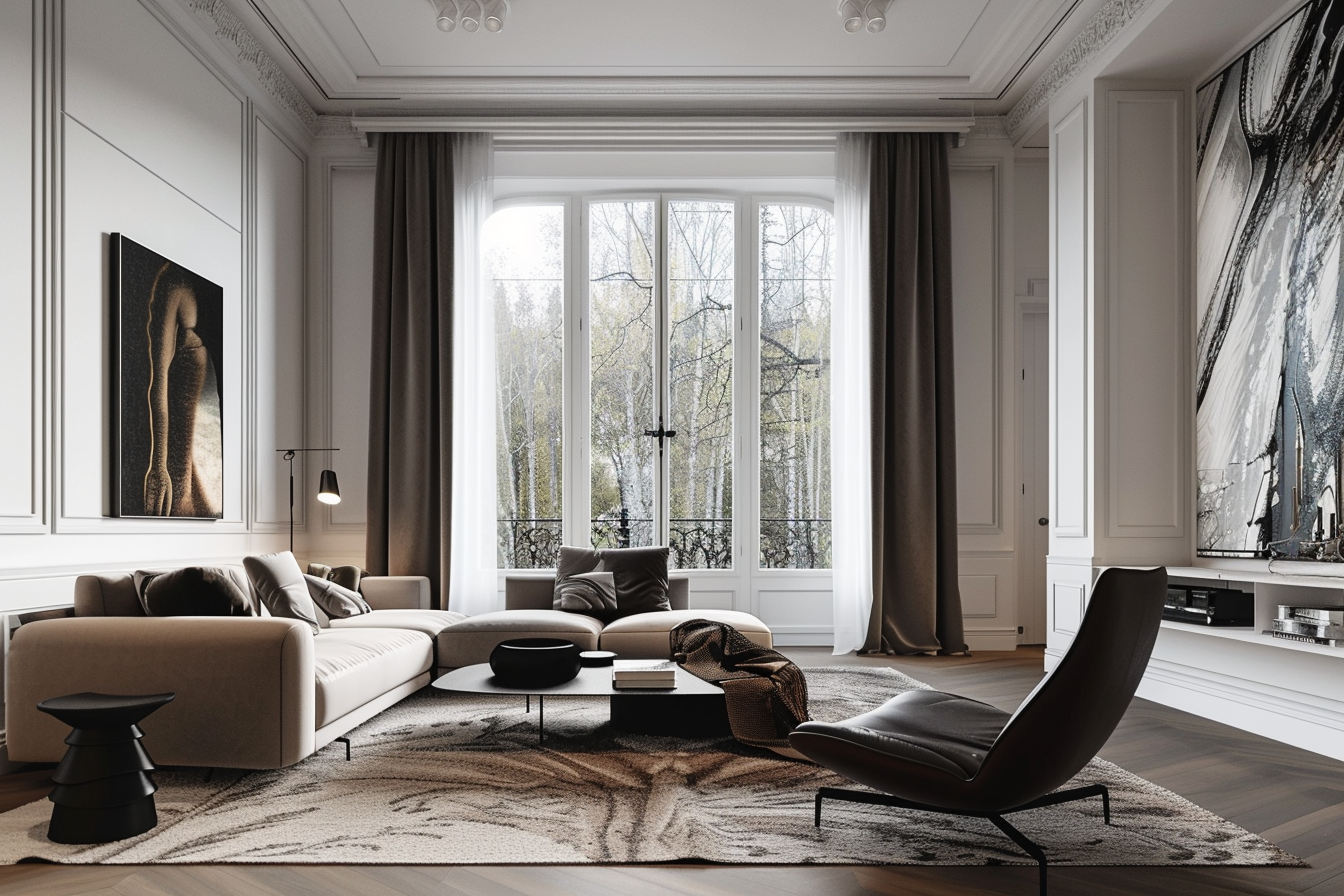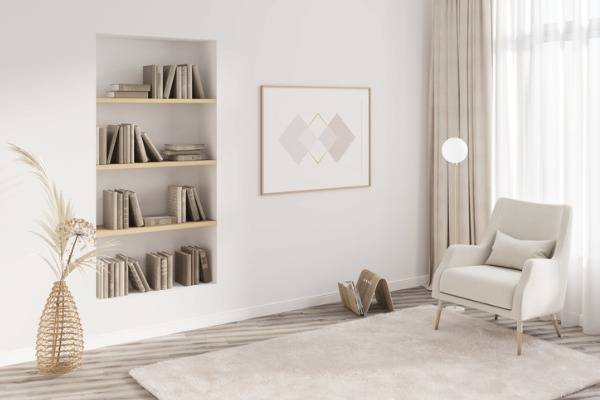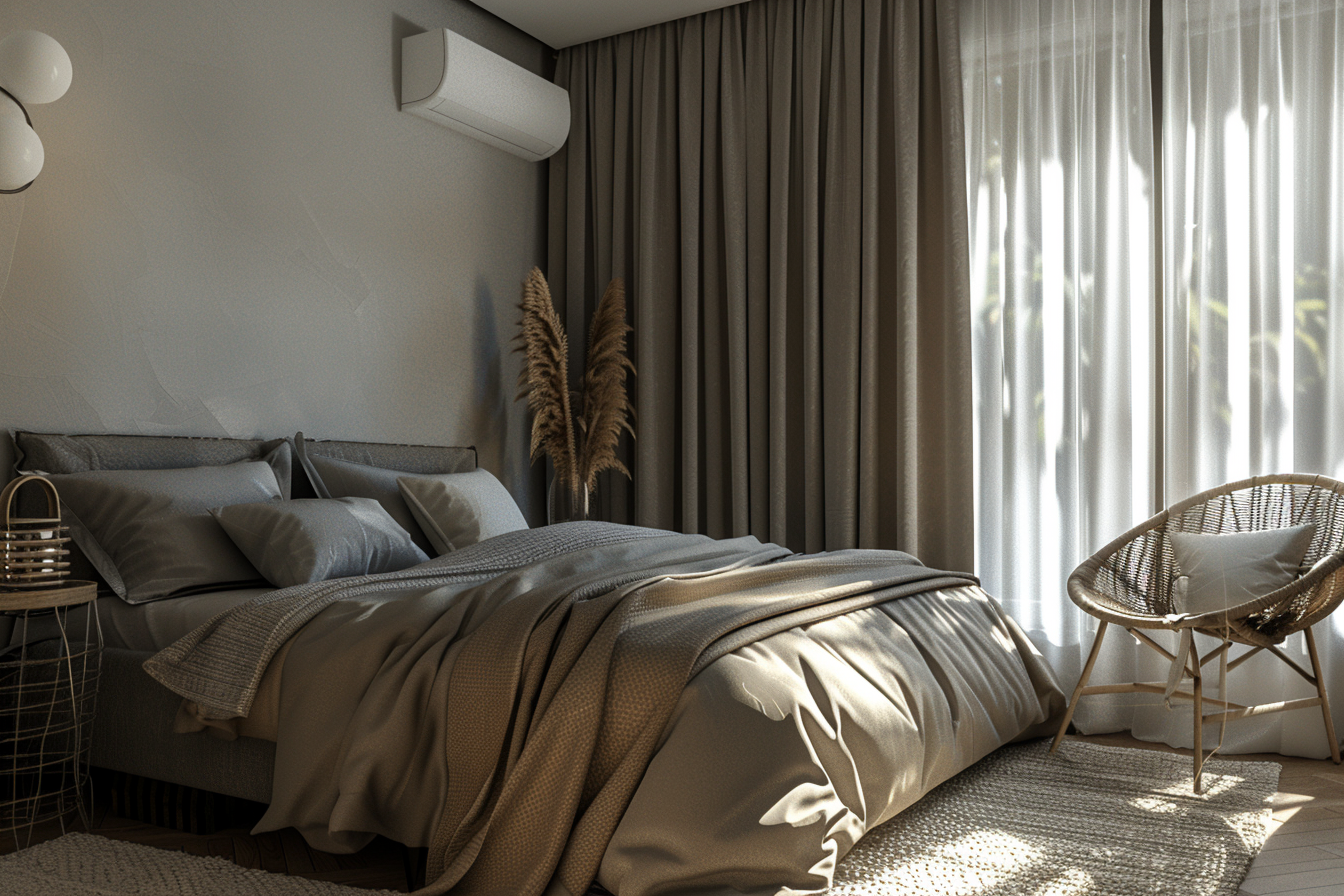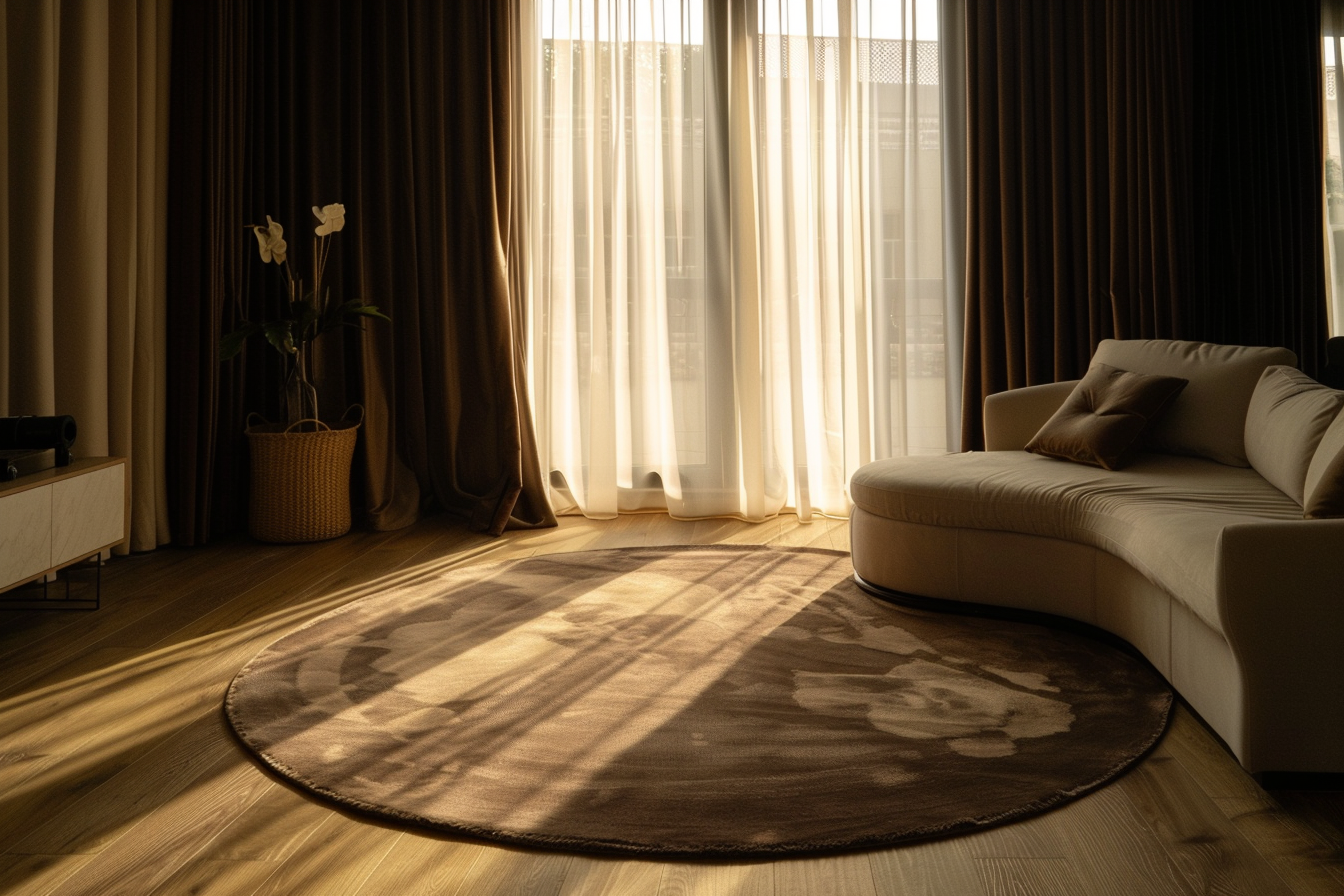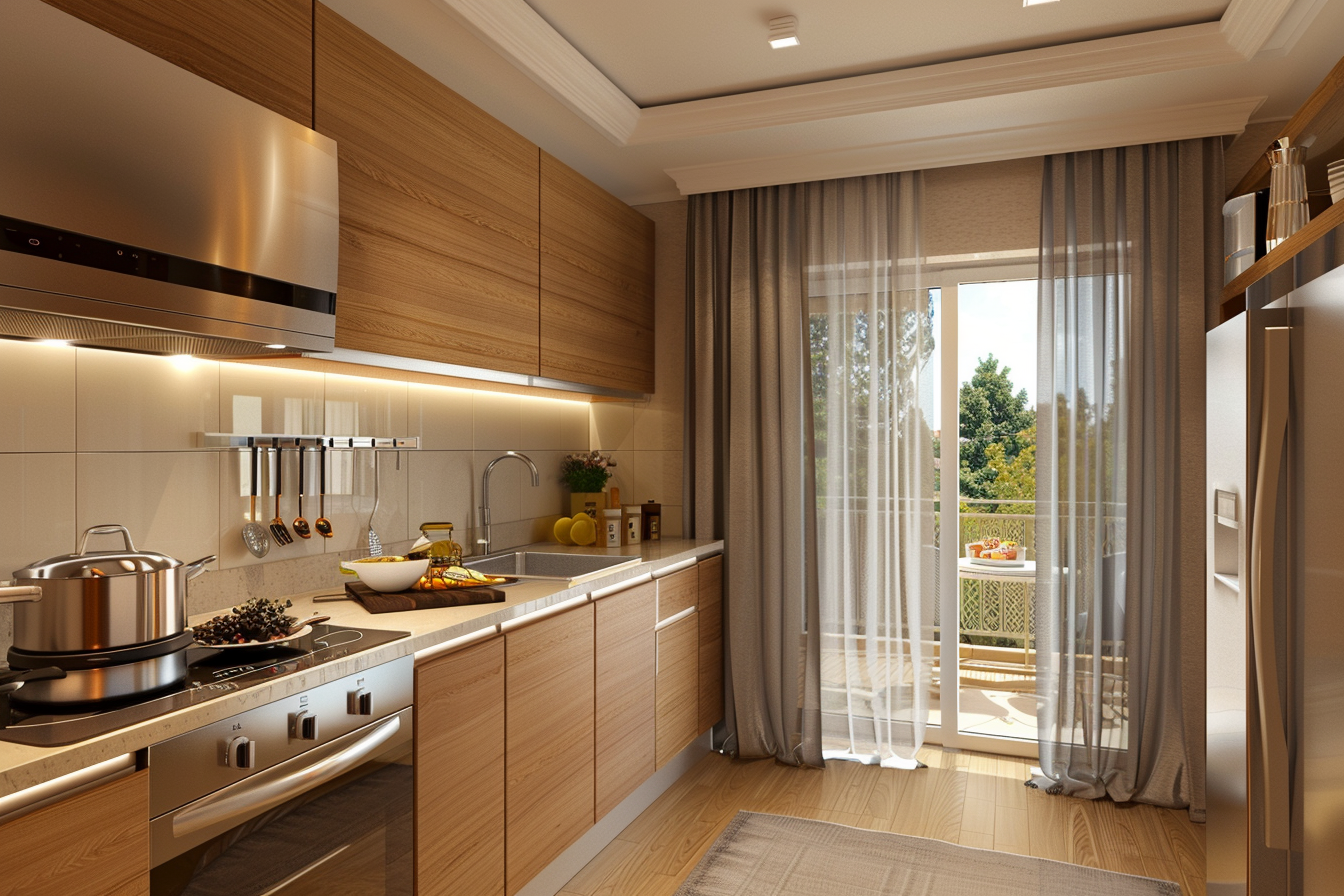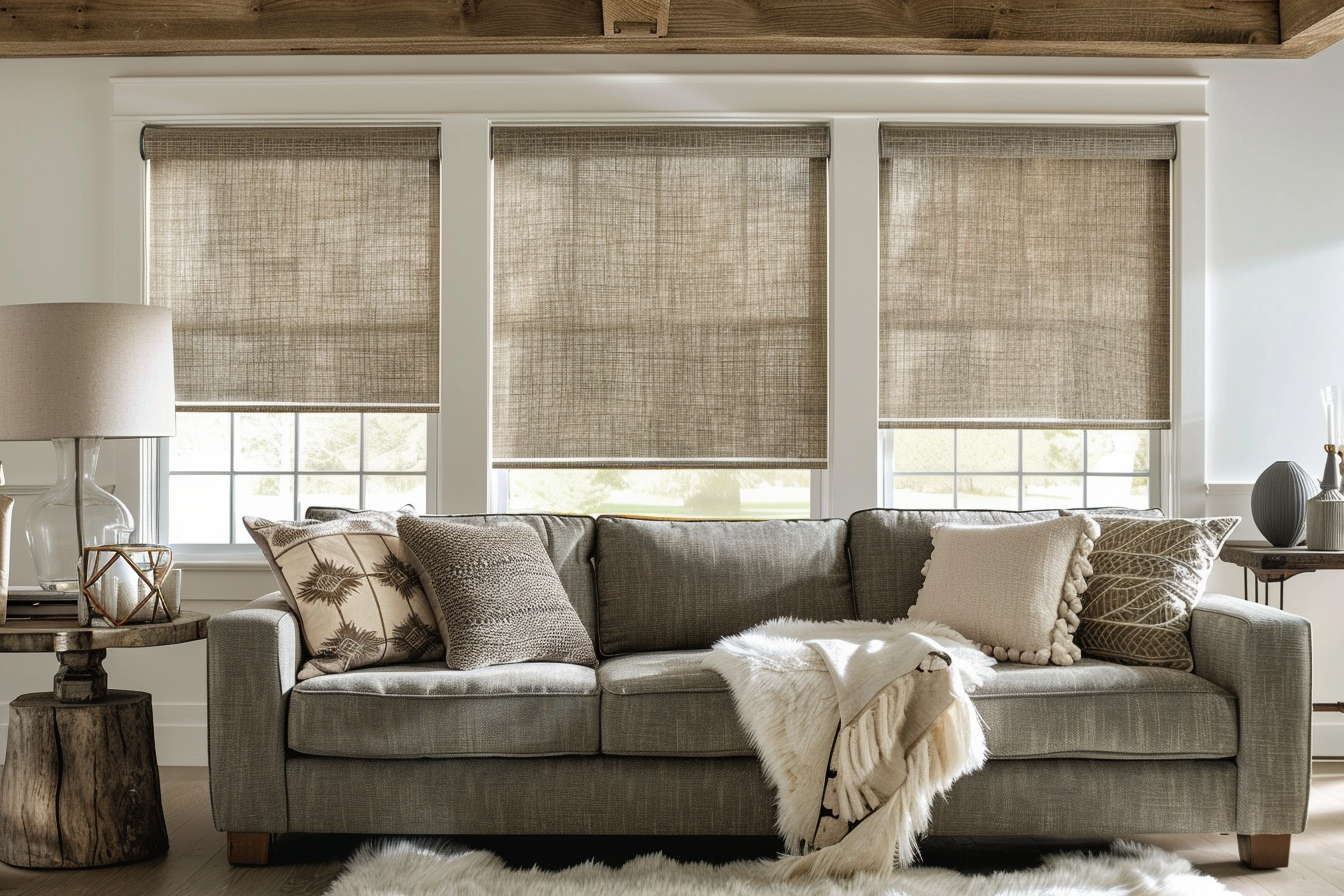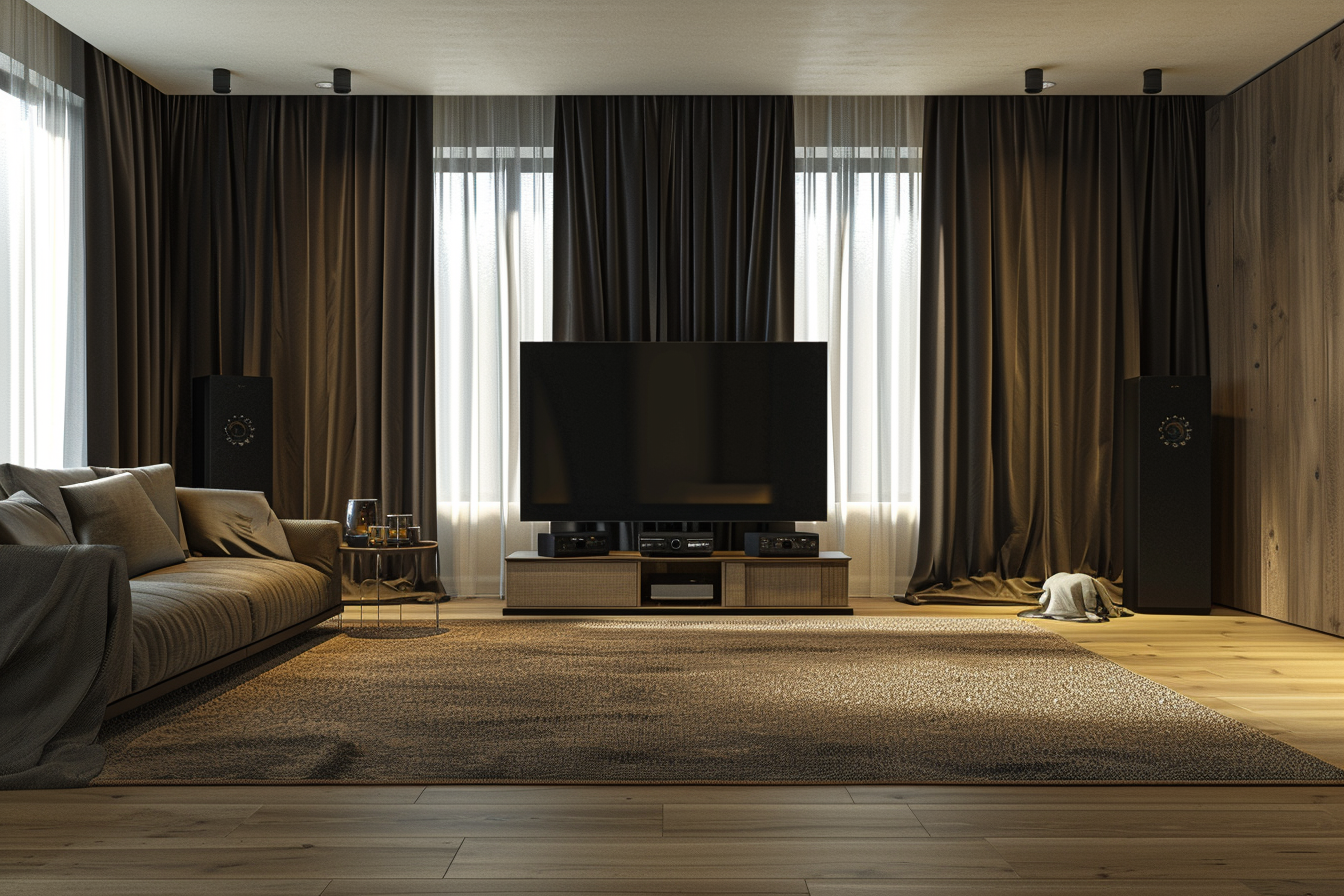Blinds or curtains, which one works better for you? That is the question. There are a lot of factors to consider when choosing between blinds and curtains. Both of them have their advantages and disadvantages. While both can provide privacy and keep your home warm in the winter, they have different qualities as well. It all depends on your preferences so it is hard to say if either one is superior to the other.
Blinds vs curtains, they are two different products that are in the same industry. It’s easy to assume that they both do the same thing, but you will find out that they both serve different uses depending on what you need your window treatments for.
This article will give you an overview of each option and hopefully by the end you’ll be able to decide which one suits you, curtains or blinds.
What are Blinds?

Blinds are a wonderful addition to any home. They can be used to let in light, add privacy, and can even be used as a decorative element. Blinds come in many different styles and colors. There are some blinds that have more than one layer of fabric or wood slats, which allows you to open or close different parts of the blind at a time.
They are made from many different materials, including wood, metal, and plastic. Blinds can also be made from vinyl or fabric. The type of material used will determine how much sunlight will pass through them.
Blinds come in many different styles, such as Venetian blinds, roller blinds, and Roman blinds. Each style has its own set of benefits and drawbacks so it’s best to consider what you need before buying them for your home!
Blinds are a great way to add extra privacy without spending too much money on curtains or other types of window treatments! You can even use them as an alternative to curtains if they’re not allowed where you live (such as in apartments).
What are Curtains?
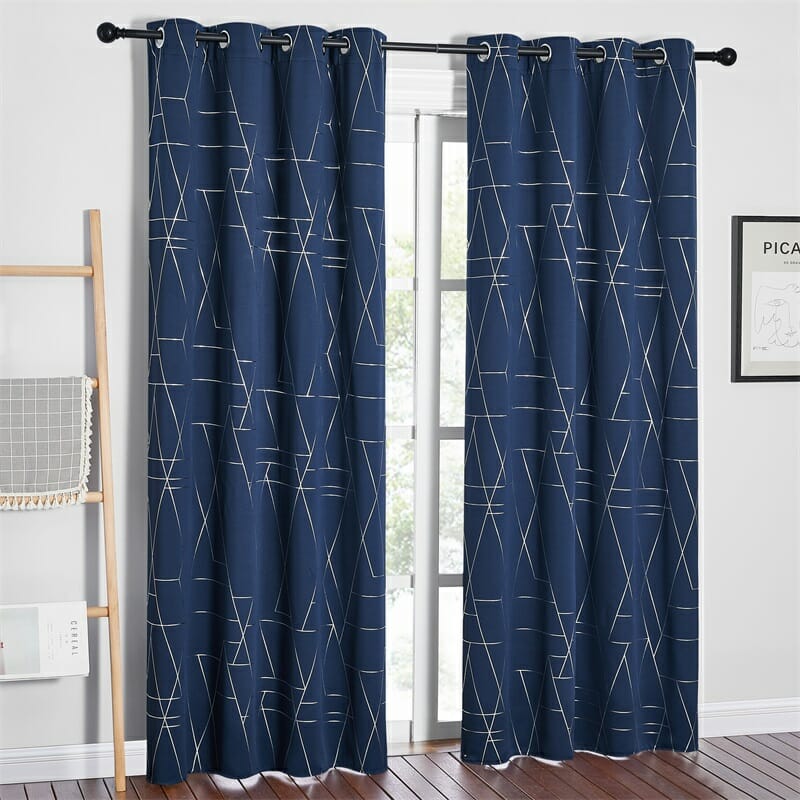
Curtains are a type of window treatment that hang from the top of a window frame and extend to the floor. They typically have a rod running through them that allows you to hang them from a wall or ceiling. Curtains can be made from a variety of materials, including cloth and other fabrics, wood, or metal.
Curtains are used for many reasons. They can help block light and heat from coming into your home or office, and they can also add privacy to your space by preventing people outside from seeing inside. They can also be used as decoration, whether it’s just as simple as adding color to your room or as elaborate as creating a theme with multiple different styles of curtains that complement each other well.
Types of curtains include: sheer curtains; pleated curtains; lace curtains; blackout curtains; thermal curtains; flame retardant curtains.
Advantages of Blinds
When it comes to window treatments, blinds have some advantages over curtains. Here are just a few reasons why blinds might be the better option for your home:
Blinds Are Less Expensive Than Curtains
Blinds are cheaper than most types of curtains because they don’t require any special hardware or sewing skills to install. You just need a drill and a few screws or nails! Curtains may be more expensive because they require more time and materials to make, which means that you’ll spend more money on buying them and more time on installing them at home.
Blinds Offer More Light Control
Blinds are a type of window covering that can offer more light control than curtains or draperies. They are made of horizontal or vertical slats that can be opened or closed to let in or block out light. Blinds can be made from a variety of materials, including wood, metal, and plastic.
When the slats are closed, blinds can completely block out light. This can be helpful if you want to sleep during the day or if you want to watch a movie in a dark room. And because the slats can be opened or closed to any degree, you can also adjust the amount of light that comes in. This gives you more control over the light in a room than you would have with curtains or draperies.
Blinds Are Easier to Clean Than Curtains
While both blinds and curtains have their own unique advantages, one key advantage that blinds have over curtains is that they are much easier to clean. Curtains can be a pain to try to keep clean, as they can often get dust and dirt build-up on them easily. Blinds, on the other hand, can be quickly and easily wiped down – making them a much more low-maintenance option when it comes to cleaning.
Blinds Are More Durable Than Curtains
Curtains may look nice, but they don’t hold up well over time. The fabric can fade in the sun and start to look worn after just a few years. Blinds, on the other hand, are much more durable. They’re made of materials that can withstand years of sunlight and heavy use.
So if you’re looking for window treatments that will last longer, blinds are the way to go. You can find them in a variety of styles and colors to match any decor, and they’re easy to keep clean. Just dust them off with a soft cloth or vacuum attachment occasionally, and they’ll look like new for years to come.
Advantages of Curtains
There are also many advantages to using curtains in your home. Curtains can add a touch of elegance and sophistication to any room, and they can also help to keep your home warm in the winter and cool in the summer. Here are some of the benefits of using curtains over blinds:
Curtains Are More Versatile Than Blinds
Curtains offer more versatility than blinds when it comes to controlling light and privacy in your home. Curtains can be made of a variety of materials that allow you to customize the amount of light and privacy you want. For example, sheer curtains let in natural light while still providing some privacy. Blackout curtains are perfect for bedrooms or home theaters where you want to block out all light.
If you’re looking for a window covering that is versatile and stylish, curtains are the way to go!
Curtains Offer Better Soundproofing and Insulation Than Blinds
While both curtains and blinds can be effective at blocking out light, when it comes to soundproofing and insulation, curtains have a clear advantage. Curtains are usually made of thicker fabric than blinds, which helps to absorb sound waves and reduce noise levels. In addition, curtains typically hang from a rod that is set close to the ceiling, creating a barrier between the outside world and your interior space.
By contrast, blinds are often mounted directly to the window frame, leaving gaps that allow noise to pass through. In addition, curtains help to insulate your home by trapping heat in the winter and keeping cool air inside in the summer. By contrast, blinds tend to be made of materials that do not provide much insulation. As a result, curtains offer better soundproofing and insulation than blinds.
You Can Find Way More Style Options with Curtains
When it comes to window treatments, curtains and blinds are two of the most popular options. However, many people don’t realize that they can actually get more style options with curtains than they can with blinds. With curtains, you can choose from a wide variety of fabrics, colors, and patterns. You can also get them in different lengths to suit your needs. In addition, curtains can be hung in a number of different ways, allowing you to create different looks.
How To Find the Best Option for Each Space?
When it comes to choosing window treatments, there are many different options available. Curtains and blinds are two of the most popular choices, but which one is the best for your home?
Curtains are a classic choice for living rooms and bedrooms. They come in a variety of fabrics and colors, so you can find the perfect match for your décor. Curtains can also be used to add a touch of luxury to a space.
Blinds are a great option for kitchens and bathrooms. They’re easy to clean and maintain, and they provide privacy when you need it. Blinds come in both vertical and horizontal styles, so you can choose the perfect look for your windows.
Curtains Over Blinds: Mix Them Up to Maximize the Benefits
There are many benefits to having curtains over blinds in your home. Not only do they add an extra layer of insulation, but they can also provide privacy and reduce the amount of sunlight that enters your home.
If you’re looking for a way to mix up your window treatments, consider using curtains over blinds. This unique combination can give you the best of both worlds – the privacy and insulation of blinds with the style and sophistication of curtains.
Here are a few tips on how to use curtains over blinds:
1. Choose a light-colored curtain fabric if you want to maximize the amount of light that enters your home. Darker fabrics will block more sunlight.
2. If you’re concerned about privacy, opt for a thicker fabric that will provide more coverage. Sheer fabrics will let more light in and may not offer as much privacy.
3. Consider using a patterned or textured fabric to add interest to your window treatments. Solid colors can be used to blend in with your blinds or to make a bold statement.
4. Hang your curtains at least 6 inches above your blinds to allow for proper ventilation. This will also help prevent dust and dirt from accumulating on your blinds.
5. Use tiebacks or holdbacks to keep your curtains off the floor and away from any furniture or other items in your room. This will help prevent tripping hazards and keep your curtains looking neat and tidy.
By following these tips, you can enjoy the best of both worlds with curtains over blinds. This unique combination can add style and function to any room in your home.



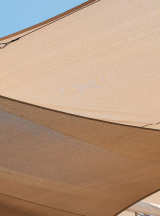

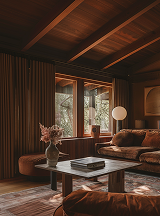
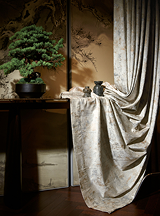







 Loyalty Plan
Loyalty Plan





